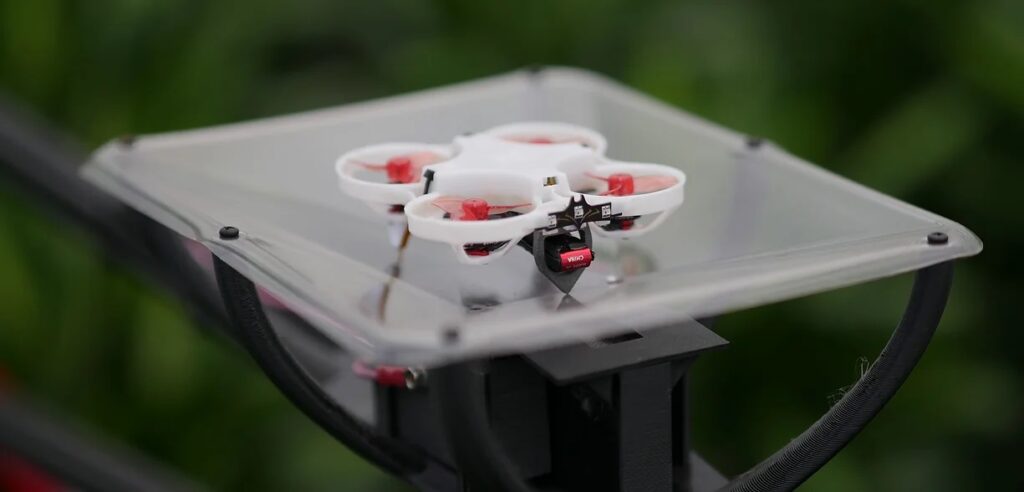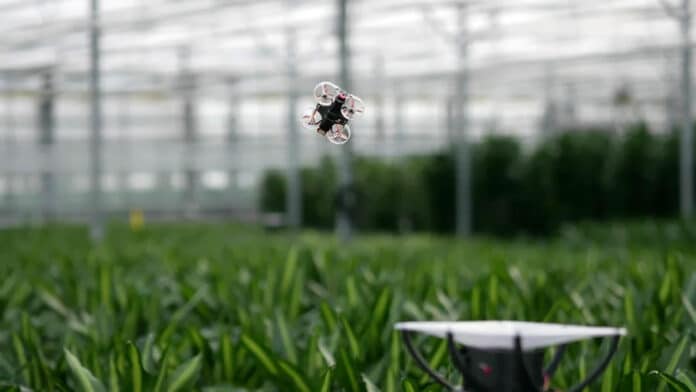The impact of plant pests on greenhouse crops is direct and significant. Disease-causing organisms, insects, and nematodes can cause serious problems in greenhouses if they are not adequately controlled simply because a greenhouse provides a protected environment in which pests can thrive.
Researchers have been testing real-life Batman-style gadgets to eradicate moth pests from greenhouses, including bat-inspired flying drones that hunt down and destroy moth pests from large-scale plant and crop greenhouses.
The automated insect control technology, developed by PATS startup company, a Wageningen University spinoff, uses novel camera and drone technologies to optimize your Integrated Pest Management (IPM) process.
The camera vision recognition system (PATS-C) observes and samples a section of the airspace above your crops. This infrared camera can differentiate moths from other flying insects by analyzing characteristics such as the insect’s size, speed, and unique flight pattern. The cameras detect and track both pest and beneficial insect populations, saving you hours of scouting.
The gathered information is shared via the easy-to-use PATS-C dashboard, which regularly alerts you of changes in population presence and development.

Insects identified as pests are then set as targets for its bat-inspired drone hunting system (PATS-X). The drones are controlled by the camera system and steered into the insects’ flight path. The propellers kill the pest on impact. This ceases the further reproduction of the pest population. After each flight, the drone returns to its charging platform. PATS-X prevents damage to crops and reduces the need for spraying rounds.
This automated solution will be available for all kinds of greenhouse crops, such as high-wire vegetables, fruits, flowers, and plants. The PATS-C is available and currently active in around 250 greenhouses across Europe. And the PATS-X system is currently undergoing final testing in a variety of crops in the Netherlands and Belgium and will be available in early 2023.
While drones are effective at removing moths, a recent Wageningen University research reveals that the noise from drones can alter moth flight behavior. Researchers found that the drone motors produce ultrasonic noises through speakers that influence the moth’s flight behavior.
They found that the moth behaviors fell into an array of categories, from which diving to the ground was found to be most common, causing the moths to erratically fly into the crops instead of finding a partner for reproduction. Researchers are now working this factor into the drone-control algorithms, anticipating the moths’ evasive actions as the drone approaches.
“For certain moth species, we found that this has the effect of them not even flying anymore and therefore quickly diminishing their flight activity in our systems,” explains Dayo Jansen, a Ph.D. student from a student from Wageningen University and Research in the Netherlands.
“With my research, we aim to dive deep into some of the most common and harmful species in the European greenhouses and make sure our systems are ready for a tailored approach against them,” concludes Mr Jansen. “We hope to illustrate the positive effect that comes from bridging the gap between biologists, engineers, and industry.”
